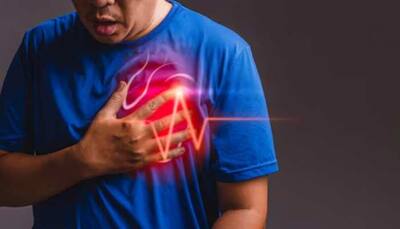14.6 percent rise in the 18 to 44 age group 15.7 percent rise in the 45 to 64 age group Ischemic stroke: Occurs when a blood vessel becomes blocked (accounts for approximately 87 percent of all stroke cases) Hemorrhagic stroke : Happens when a blood vessel ruptures Stroke, a medical emergency that occurs when blood supply to the brain is interrupted, typically involves disruptions in the nervous and mental systems, manifesting as physical characteristics like facial paralysis, hemiplegia (paralysis of one side of the body), or seizures, often affecting motor and sensory functions.
Headache: Sudden and intense, unlike any experienced before Vision problems: Sudden blurred vision, double vision, flashes of light, dark spots, or missing areas in your field of vision. Facial paralysis: Numbness or weakness in the face, typically affecting one side (which may be caused by peripheral nerve issues or damage to the brain’s central nervous system.) Numbness and weakness in the limbs: Similar to facial paralysis but affecting the limbs (Symptoms vary depending on the affected brain area.
Damage to cranial nerve regions causes head symptoms, while damage to motor areas leads to limb problems.) Speech difficulties: Sudden inability to speak, trouble finding words, or difficulty understanding speech Dizziness or loss of balance: Feeling lightheaded, unsteady, or experiencing a spinning sensation (If the ground feels uneven or your steps seem off-balance, it could be an early sign of str.


















